Cities that have stood the test of time have more than just the scars of history. They show the influence of human civilization. Have you ever considered which is the oldest city in the world?
Here I am not talking about just the oldest city in the world, which may be in ruins today. But instead, I am referring to the world’s oldest continuously inhabited city – by which we mean that people continue to live in this city even today, ever since its dawn.
Below you will find 10 cities which are believed to be the oldest in the whole world.
1. Damascus, Syria
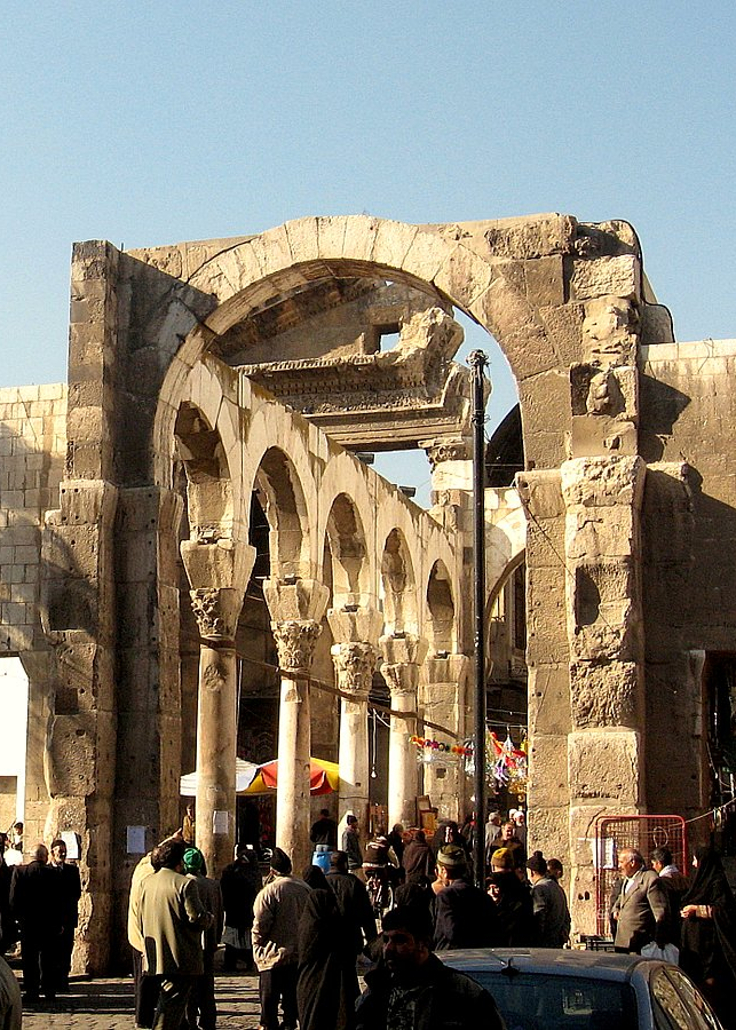
via getintravel.com
Damascus is widely believed to be the oldest continuously inhabited city globally, with evidence of habitation dating back at least 11,000 years. Its location and persistence have made the city a nexus for civilizations to come and go. Today its metropolitan area is home to about 2.5 million people, and in 2008 it was named the Arab Capital of Culture.
2. Jericho, West Bank
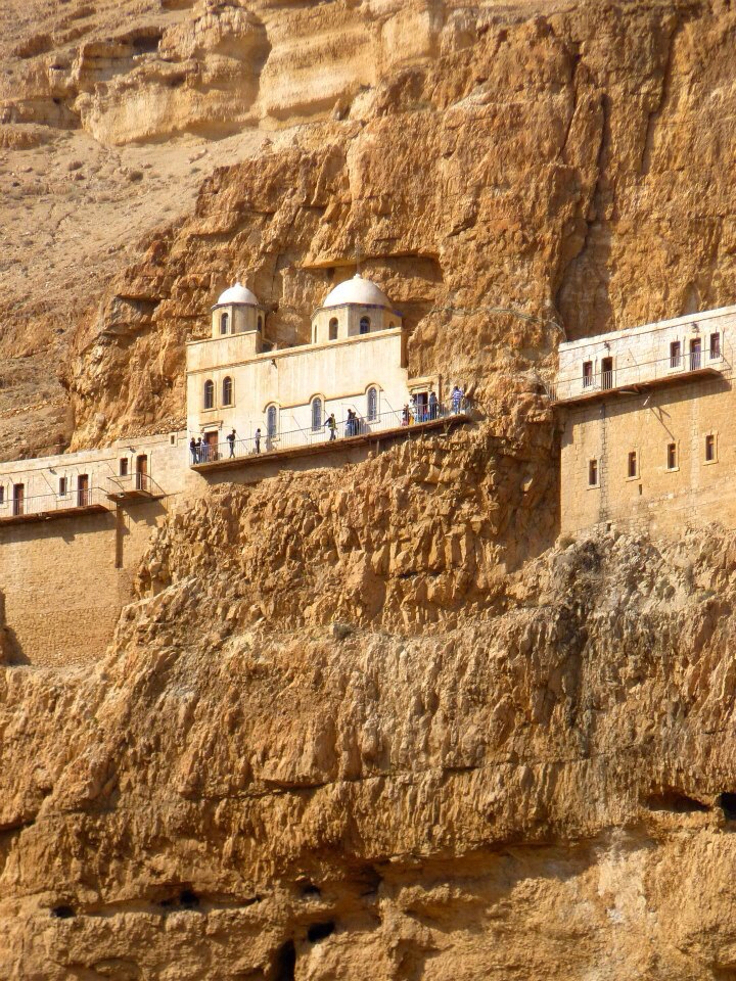
via palestiniandiary.wordpress.com
Fortifications unearthed in Jericho dating back to 6800 B.C. confirm that it is the earliest known walled city. Evidence of other habitation in the area dates back about 11,000 years, which means it is a serious contender to be the world’s oldest city. Incredibly, Jericho has remained inhabited — and dry — throughout history, despite its location well below sea level. This fact also makes the city the lowest permanently inhabited site on Earth. Today 20,000 people call Jericho home.
3. Aleppo, Syria
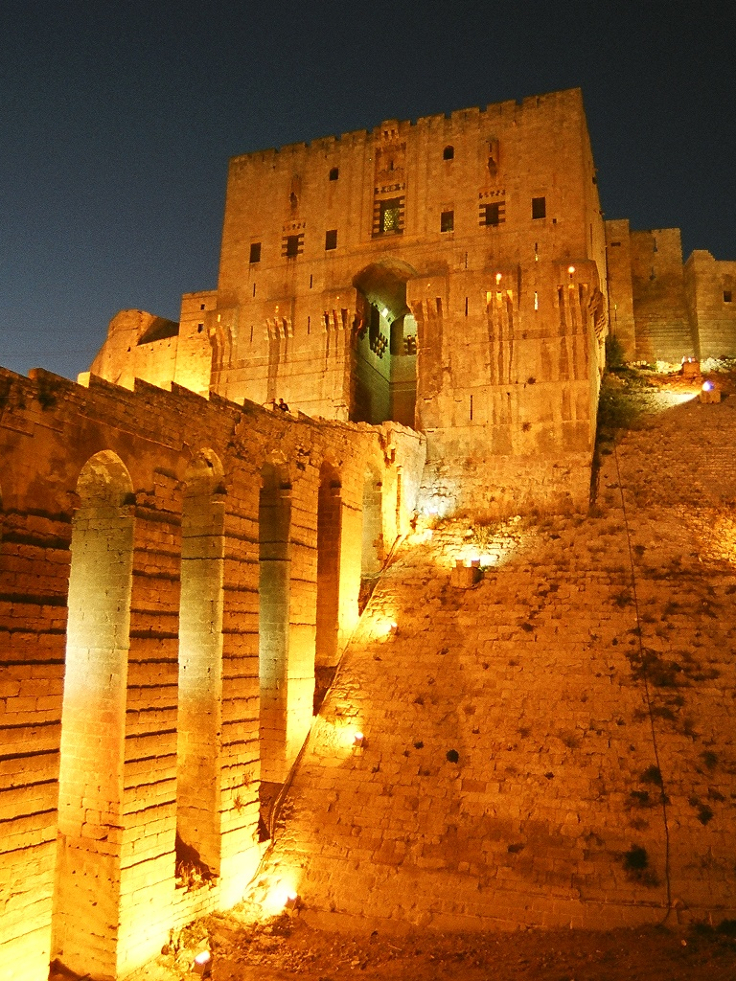
via Ian Cowe
Evidence of habitation at the current site of Aleppo dates to about 8,000 years ago. Still, excavations at a site just 25 kilometers north of the city show the area was inhabited about 13,000 years ago. That means that Aleppo and its surrounding region is the oldest known human settlement in the world. The city is first mentioned in cuneiform tablets from roughly 5,000 years ago, where it is cited for its commercial and military proficiency. Because of its location between the Mediterranean Sea and Mesopotamia — it was also the end of the Silk Road that passed through central Asia and Mesopotamia — Aleppo was at the center of the ancient world. Today it remains the largest city in Syria.
4. Athens, Greece

via helen sotiriadis
The ancient home of philosophy and the birthplace of Western civilization, Athens boasts a history of habitation that goes back long before the days of Socrates, Plato, and Aristotle. The city has been continuously inhabited for at least 7,000 years. The oldest known human presence in Athens has been dated between the 11th and 7th millennium B.C. Today it remains a sprawling metropolis, and its Acropolis still stands, overlooking the landscape.
5. Argos, Greece
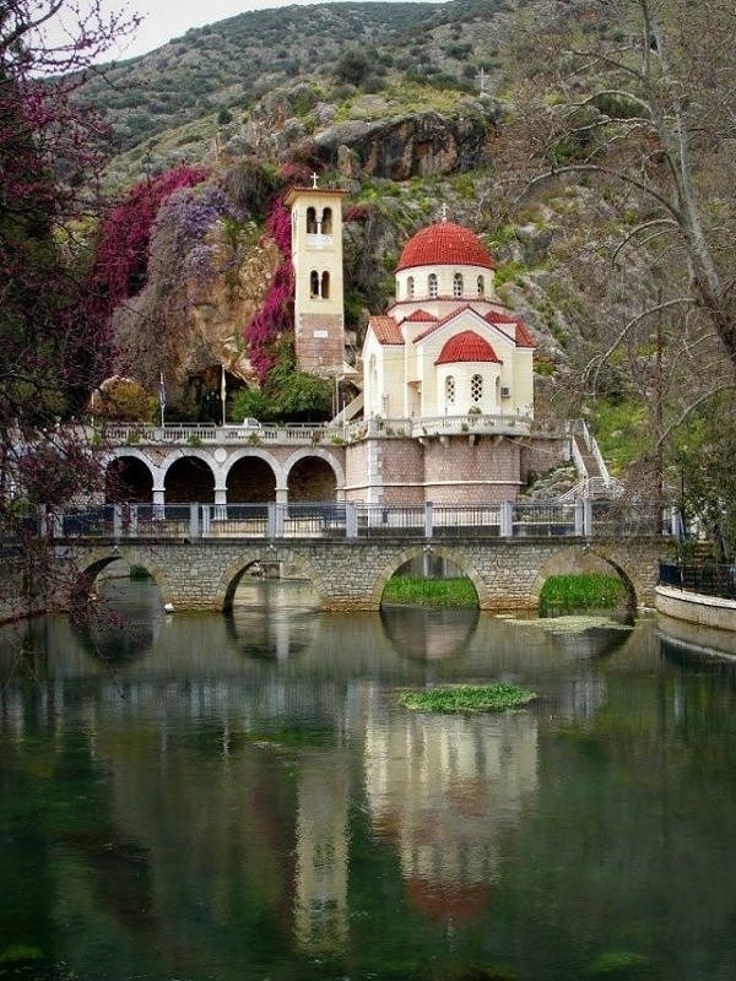
via panoramio.com
An urban settlement for about the last 7,000 years, Argos competes with Athens to be the oldest city in Europe. The city has long been powerful — its commanding position in the fertile plain of Argolis has earned it a powerful place, though it has a history of neutrality. For instance, the city refused to fight or send supplies during the Graeco-Persian Wars. Perhaps that’s part of the reason the city has withstood the test of time.
6. Plovdiv, Bulgaria
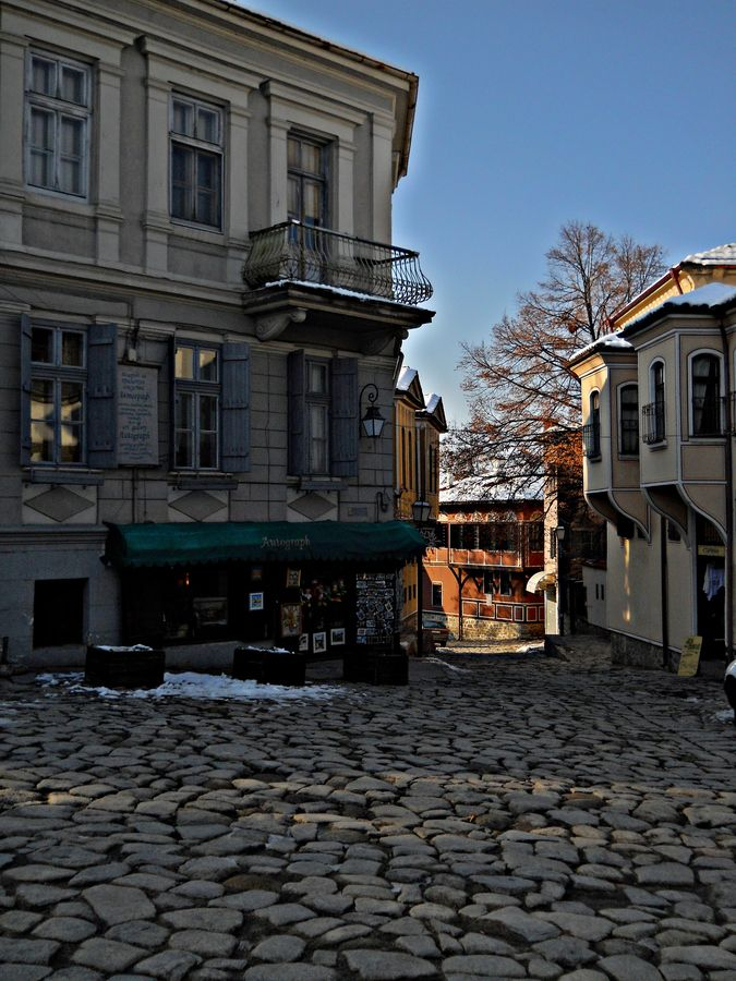
via Areka Bulgaria
Plovdiv was originally a Thracian settlement known as Philippopolis to the Greeks and was a major city for the Romans. The Ottomans also ruled it for a time. The beautiful city has a rich history dating back millennia. Evidence of habitation dates back 6,000 years. Today it is still the second-largest city in Bulgaria, and it remains an important economic, cultural and educational center.
7. Byblos, Lebanon
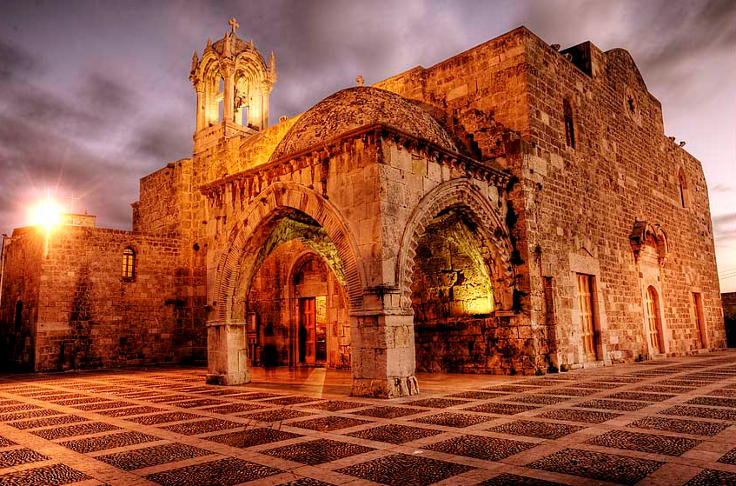
via Fouad Gm
Though there is evidence of settlement as far back as 7,000 years ago, Byblos has been a continuous city for about 5,000 years. According to the ancient writer Philo of Byblos, the city had a reputation in antiquity for being the oldest city in the world. Interestingly, the English word for “Bible” is derived from “Byblos” because it was through Byblos that papyrus was imported to Greece.
8. Sidon, Lebanon
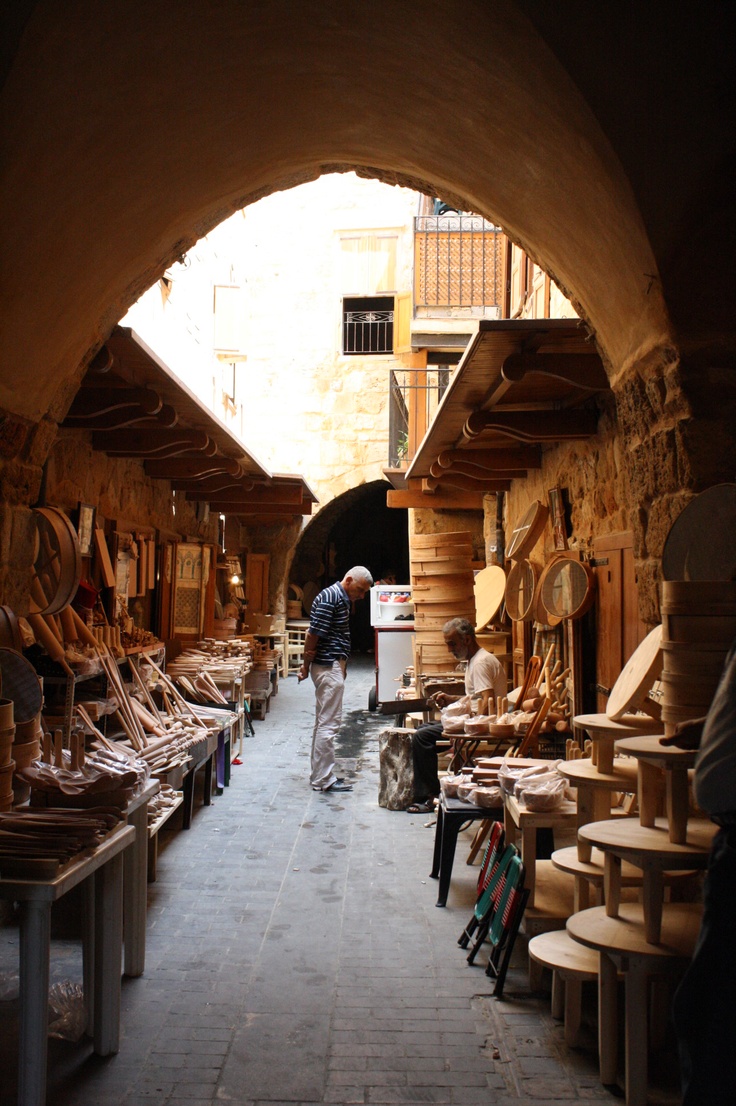
via Pinterest
Inhabited for at least the last 6,000 years, Sidon was one of the most important Phoenician cities because of its location as a crucial port on the Mediterranean, a locale that also led to the city’s conquer by a revolving door of the world’s great empires, including the Assyrians, Babylonians, Egyptians, Greeks, Romans, and Ottomans. Today about 200,000 people call Sidon home.
9. Ray, Iran

via Frans Sellies
Located within the Greater Tehran metropolitan area, Rayy (or Rey), Iran, has evidence of habitation dating back 8,000 years, though it has likely been continuously occupied for about 5,000 or 6,000 years. The city retains a wealth of historical monuments, such as the 5,000-year-old Cheshmeh Ali hill and the 3,000-year-old Gebri castle. It was a deeply sacred city to the Zoroastrians.
10. Jerusalem, Israel
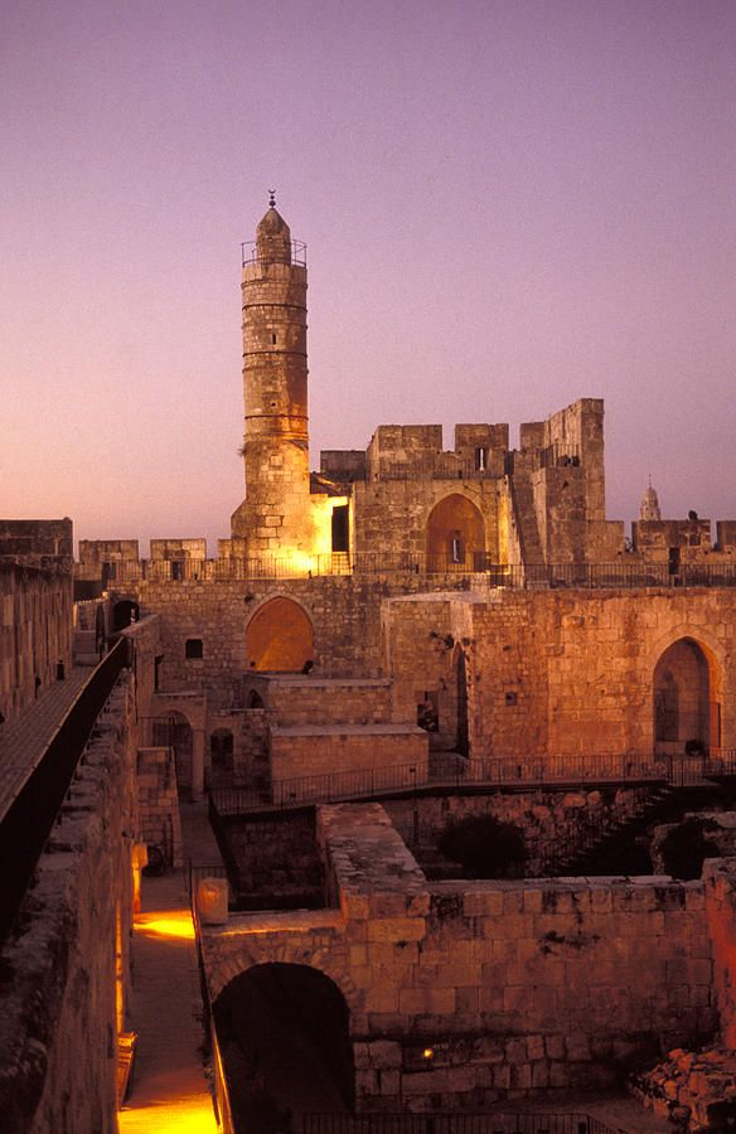
Jerusalem is one of several cities to have sprung up between 4-5,000 years ago in the thriving Levant region. Still, it holds a unique place in history as the nexus of several of the world’s great religions. For that reason, it is home to a wealth of spiritual and religious sites. Unfortunately, Jerusalem’s Old City has also been added to World Heritage Sites’ list in danger due to modern-day urban development, tourism, and cultural turmoil.

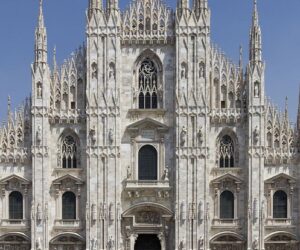


Jericho, West Bank? Why were there Palestinians around 9,000 years ago?
Jericho is and always has been a Jewish city in Israel.